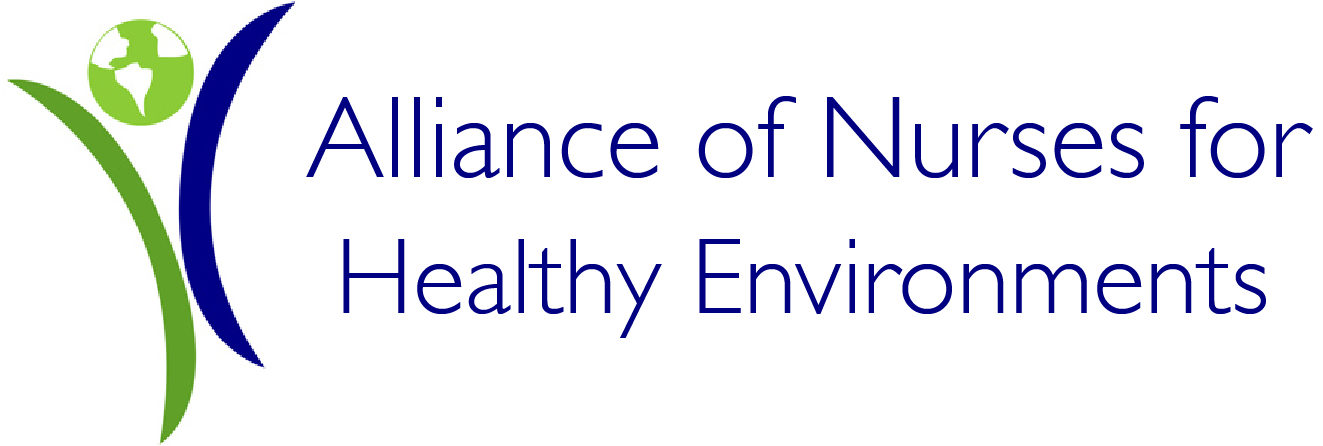Get Started
Nurses, work in every community, from hospitals to academic institutions to health departments, and are already seeing the realities of climate change on the health of the public. In every practice setting, there are many actions that nurses can take to support climate-friendly environments and build the ability of the health sector to respond to climate change.
Download Getting Started with Climate Solutions: A Guide for Nurses
Want to know how to take action and promote Climate Change solutions? The Alliance of Nurses for Healthy Environments and Climate for Health have developed a getting started guide, a guidance for nurses to reduce their climate impact and advocate and inspire others to act.
View below for some some additional suggestions of actions that nurses can take in various settings in which they work, live, or interact with to help move climate solutions forward.
Healthcare Facilities
Healthcare facilities have an essential role to play in addressing climate change through mitigation and adaptation strategies. The healthcare industry accounts for 8% of the total carbon dioxide emissions in the United States showing there is work to be done in decreasing emissions that contribute to climate change.
Schools (K-12)
Children of all ages are one of the most at-risk populations to suffer adverse health outcomes as a result of climate change.There are a variety of action items and tools that nurses who care for school aged children can utilize to help prevent adverse outcomes from climate impacts.
Academic Institutions
Universities lay the foundation of a nursing career, with a strong foundational education of nursing practice essential to promoting quality care. With that there is an opportunity to ensure that climate change is included as a topic area in nursing curriculum so nurses have the knowledge regarding climate and health and how to take action to promote health by addressing climate change.
Health Departments: County, City, & State
Climate solutions at the local and state level will be essential to meeting the global commitments outlined in the Paris Agreement. Nurses in health departments can help move action forward in addressing climate change and improve the ability communities to respond to climate threats.
Neighborhoods & Communities
The places where people live can have significant impacts on health and nurses can work with community members to ensure healthy and climate-friendly environments.
Rural Communities
Rural communities will be particularly vulnerable to the impacts of climate change, as they may be dependent on natural resources for social and economic well-being. These communities may also experience disparities related to access to care, which will place these populations at an increased risk of harm.
Professional Nursing Associations
Nursing organizations are specific to nursing subspecialties or population served and provide an avenue for nurses to connect in a specific area of nursing. Nursing organizations are a powerful tool to mobilize a large number of nurses around a specific topic area and to show leadership among the profession.
Faith-Based Organizations
Faith communities are on the forefront of the fight against injustices that threaten the most vulnerable populations. Parish nurses or nurses part of a faith community have the opportunity to work with clergy leaders to spread the health message of climate change and educate on how faith communities can take action on climate change.
At Home
Implementing steps to promote an environmentally friendly home is something all homeowners can do. Steps such as reducing energy use, recycling, and reducing waste can have a major impact in promoting a healthy climate.

